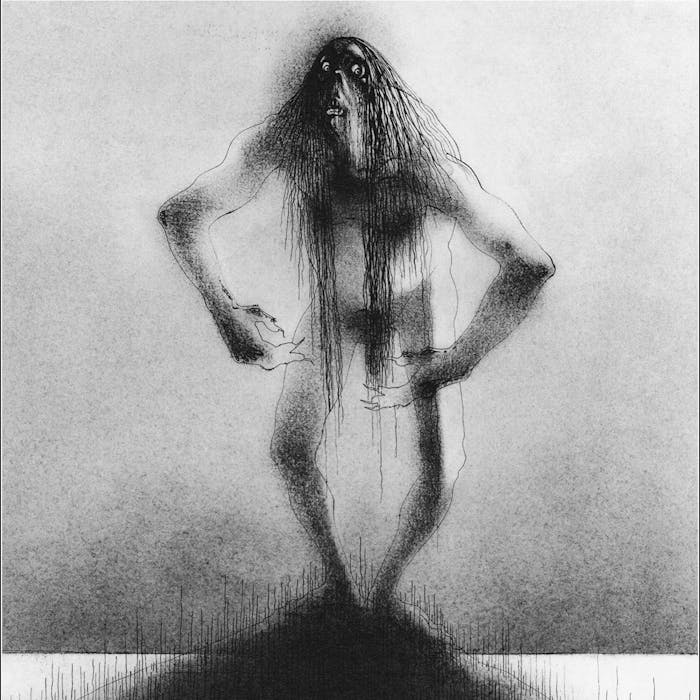
Charles Keeping, artistic master of the macabre
Charles Keeping (1924 – 1988) was an English illustrator, children's book author and lithographer from London. He was particularly known for monotone illustrations of myths and poems, in a misty and often blood-soaked style that is very distinctive.
Keeping's work was controversial in some quarters. Some felt his work too flashy, and illustrator Edward Ardizzone is said to have referred to him as "that vulgar artist”. Others felt that the frankness and violence of his work, and his taste for the morbid and macabre, were unsuitable for children.
He grew up in a terraced house in Lambeth that housed three generations of the family, in an inner city environment of street markets and working horses that would much inform his work.
He left school at fourteen. When he turned 18 in 1942 he was called up and joined the Royal Navy as a radio operator. After the War he suffered a profound depression and a belief that a head wound he had sustained had disfigured him on the inside as well as (temporarily) on the outside. He received treatment, was institutionalised for a time, but made a full recovery. Perhaps his sympathetic visual treatments of Frankenstein's monster and Grendel, the monster from Beowulf, owe something to this period of his life.
He applied for a grant to study art at Regent Street Polytechnic, but was turned down, so he read meters for a gas company during the day and took life drawing classes in the evening. He also worked as a life model. Eventually he was admitted to Regent Street Polytechnic, where he studied illustration and lithography.
His first published work was a comic strip in the Daily Herald newspaper which he drew for four years, beginning in 1952. He also drew cartoons for the Jewish Chronicle, was political cartoonist for the Middle Eastern Review for a time, and later contributed to Punch.
His first book was a humorous health-promotion title called Why Die of Heart Disease? in 1953. His breakthrough came in 1957 when he illustrated Rosemary Sutcliff's historical children's novel The Silver Branch. His drawings were vigorous and played with the conventions of size and placement within the text. He would go on to illustrate many more children's novels and Edward Blishen's retelling of Greek myths, The God Beneath the Sea, which Keeping illustrated in 1970, won the Carnegie Medal for that year.
In the 1980s Oxford University Press created a new format for Keeping's illustrations - the black and white picture book for older children, illustrated in evocative line and wash. Keeping produced four books in this style: The Highwayman (1981), illustrating the 1906 poem by Alfred Noyes in gruesome detail; Beowulf (1982), adapted from the Anglo-Saxon epic by Kevin Crossley-Holland; The Wedding Ghost (1985), an original story by Leon Garfield; and The Lady of Shalott (1986), by Alfred, Lord Tennyson.
Our illustration is 'The Merry Go Round' from the Childcraft Book, 1972.
Further reading
Links to external websites are not maintained by Bite Sized Britain. They are provided to give users access to additional information. Bite Sized Britain is not responsible for the content of these external websites.
